In recent years, there has been a growing awareness of the negative impact that traditional heating methods such as natural gas and oil can have on the environment. As a result, more and more people are turning to low carbon heating options to reduce their carbon footprint and help combat climate change. What are the options for the Island’s housing stock now and in the future?
1, Ground source heat pumps - Ground source heat pumps extract heat from the ground and use it to provide heating and hot water for homes and businesses. They are highly efficient and can reduce energy bills and carbon emissions by up to 50%. While they can be expensive to install, they have a long lifespan and can provide significant long-term savings.

2, Air source heat pumps (‘ASHP’) - Air source heat pumps work in a similar way to ground source heat pumps, but instead of extracting heat from the ground, they extract heat from the air outside. They are less expensive to install than ground source heat pumps and can still provide significant energy and carbon savings. ASHP suit many homes which are currently using natural gas and research shows that they will be one of the best suited technologies for new builds. They have been used in Scandinavian countries for decades. ASHP Hybrids are also available for homes which don’t have space for a separate hot water tank.

3. Biomass boilers - Biomass boilers burn wood pellets, logs or chips to provide heating and hot water. While burning wood does produce carbon emissions, this is offset by the fact that the wood absorbs carbon dioxide while it is growing. Biomass boilers are particularly suitable for rural areas where there is a ready supply of wood.

4. District heating - District heating systems provide heating and hot water to multiple properties from a central source. The heat can be generated from a variety of low carbon sources, including biomass, waste heat from industry, and geothermal energy.

5. Biofuels – Whilst they are not yet the Island biofuels (such as HVO, Hydrogenated Vegetable Oil) can be used instead of traditional oil boilers. Consideration is being given to their import as the fuel can also be used in vehicles.

There are many low carbon heating options available for those looking to reduce their carbon footprint. Each option has its own benefits and drawbacks, and the best choice will depend on individual circumstances and the house you live in.
Note: The Isle of Man produced a set of low carbon heating scenarios in January 2022 which contains much more in depth information around the Island’s building stock and the likely scenarios to reach net zero.
